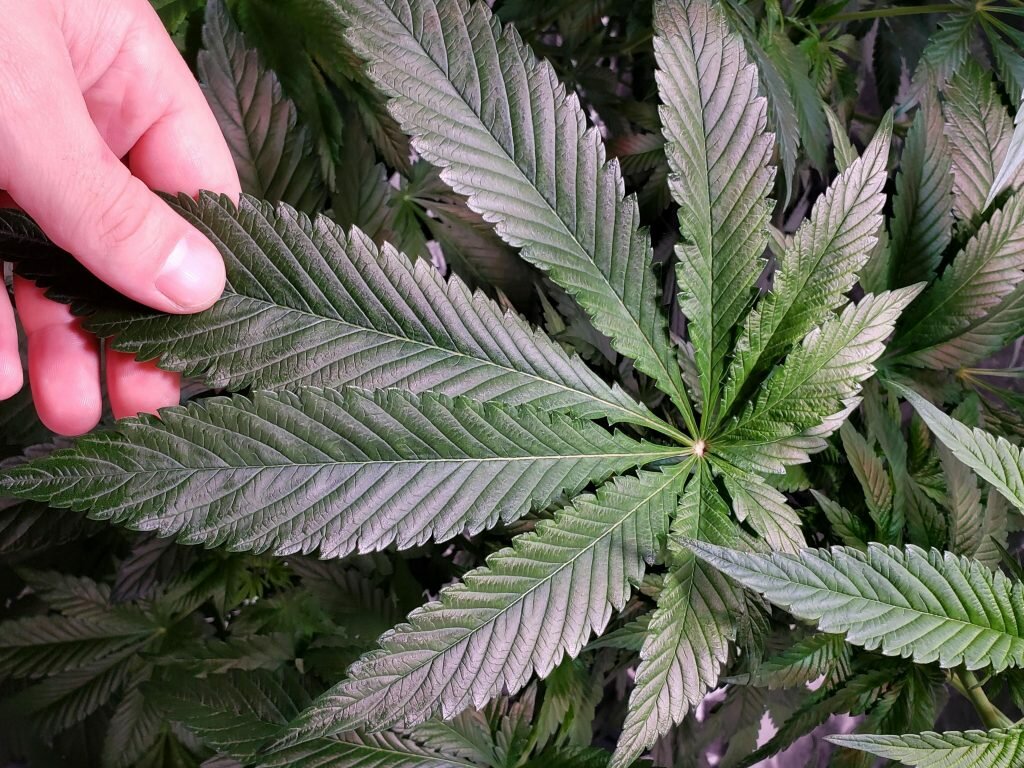Low-Stress Training for Autoflowers to Make Your Yields Higher


Today, you’re going to find out how to train autoflowers and increase the yields from your autoflower crops. Autoflower cannabis seeds are a fantastic solution for space-limited growers, but their yields often leave something to be desired. Keep reading for a simple way of boosting the productivity of your autoflower crops.
What are the Two Training Methods?
Training is a method of altering the natural growth patterns of your cannabis plants. While every strain features slightly different characteristics, all marijuana possesses apical dominance.
Apical dominance is a tendency for the plants to produce one main central flowering site with smaller sites on lateral branches. This is what gives unmanaged plants their Christmas tree shape.
There are two kinds of plant training; high-stress training (HST) and low-stress training (LST). The goal of both HST and LST is to break the plants’ apical dominance and ultimately increase yields.
High-stress training includes topping and supercropping. These methods involve cutting off parts of the plant to slow its growth in a particular direction. This places plants under considerable stress, leading to a slowdown in growth and a recuperative period.
HST is usually fine for regular strains with long vegetative stages, as the plants have time to recover from the shock. If you’re growing an autoflower strain, never use HST techniques. Their shorter lifespan gives them less time to recover from stress, and your yields suffer.
So how to train autoflowers? That’s where LST comes in.
Low-stress training consists of gradual changes to the structure of your cannabis over time. Think bonsai trees, but with buds. Changes made with low-stress training for autoflowers are low-impact and don’t slow down growth or shock your plants like LST methods.
Low-stress training for autoflowers is the perfect way to increase your yields. Read on to find out why and learn how to train your autoflowers with ease.
Why You Should Use Low-Stress Training for Autoflowers
Low-stress training for autoflowers provides a range of benefits culminating in improved yields of copious colas. These positive effects are briefly outlined below.
Increased Light Penetration
Spreading out the branches with low-stress training for autoflowers allows light to reach more areas of the plant. With increased light penetration comes additional growth and flower production.
Increased Airflow
LST training your autoflowers also helps maintain a healthy airflow around your nugs. This keeps moisture levels down and wards off any potential mold or bud rot.
Reduced Stretching
Branches on unmanaged plants that aren’t receiving enough light tend to stretch to get the energy they need.
Low-stress training for autoflowers creates a flat, even canopy of foliage with no dominant stems. With all parts receiving equal light, stretching is reduced to a minimum.
Increased Bud Density
With plenty of light and without the need to stretch or out-compete other branches, your plants begin to thrive. As flowering begins, they put all their energy into creating chunky, dense buds.
Increased Yield
All of the above benefits of low-stress training for autoflowers come together to provide you with more productive plants. Content cannabis produces bigger, higher-quality buds, leading to increased yields and happier growers.
How to Train Autoflowers
You’ve learned about the aim of LST training autoflowers and its benefits, but you may be asking exactly how to train autoflowers. The two main LST for autoflower methods are listed below.
Both methods are straightforward, and cultivators of any skill level should have no problem implementing either for low-stress training autoflowers.
Tie-Down Method
This first LST for autoflowers is super-simple and requires just a few basic bits and pieces to get started.
Get some string and plant ties. You’ll find these in most garden centers, but you may use pipe-cleaners in a pinch. Anything flexible that won’t cut into the plant stems does the trick. The string can be any kind as it won’t be directly in contact with the branches.
You want to be able to move your plants around freely. So start by making some holes around the rim of your pots and tying some string through them. If you’re using fabric pots, safety pins are an easy way to attach the strings.
The next step is to select the stems and branches you wish to train. The idea is to create an even canopy of leaves receiving equal amounts of light.
Once you’ve chosen what parts to train, wrap a plant tie around the branch. Take hold of the tie and gently bend the branch down, fixing it in place with the string. Assess the growth of your plant daily, and train further whenever necessary.
The Screen of Green (ScrOG)
Using a Screen of Green, or “scrogging,” is another great LST for autoflowers. This technique involves setting up a screen or grid of strings through which your plants grow.
To make a Screen of Green, you’ll need to install some supports or frames around your growing area. Wooden posts at each corner work nicely, with an external line of string running around the four sides.
Some growers build a frame and hang it from the ceiling of their grow-rooms, where it’s easy to adjust. As you’re using this LST for training autoflowers, such an advanced setup is probably overkill.
Once your frame is in place, run strings across it from left to right and back and forth. Your screen should look like a grid of squares when you’re finished. Keep the shapes reasonably sized, so working with them later is easy.
As your growing plants reach the screen, start spreading the branches out from the center. Use plant ties to secure them in the desired position on the screen.
When to Train Autoflowers
Start low-stress training for autoflowers as soon as the plants are established in the vegetative stage. Auto strains don’t have the luxury of a long lifespan, and you can’t extend vegging like with photoperiod cultivars.
LST training autoflowers is slow going initially, but your plants settle into their new shapes with consistent work. Remember, low-stress training for autoflowers is an ongoing process, and trying to start LST for autoflowers in bloom won’t work.
Less Stress, More Success
Using low-stress training for autoflowers produces impressive results with minimal time and effort. Now that you know how to train autoflowers, get out there and start growing bumper crops of cannabis.
Good luck, and remember to share this article with anyone you know who’s interested in improving their growing game.









Responses